Totally banned
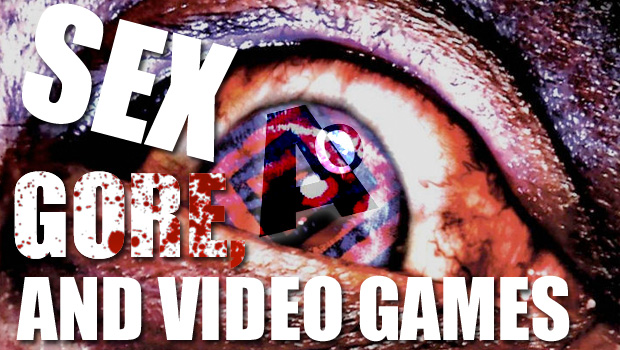
Adults Only games are kind of like four-leaf clovers--you know they exist, but youd have a hard time finding one anywhere. The numbers dont lie: Since its inception almost 20 years ago, the AO rating has been handed out to less than 30 of the 22,000 games submitted for review to the ESRB. For you non-math folks out there, thats not many.
How did it come to this? There are plenty of NC-17 movies released, and even more X-rated films--why has this distinction earned such a taboo with gamers? Well, there are various reasons, both commercial and social in nature. But to give you the complete story, well have to take a little trip back in time, wading through all the gore, boobs, lawsuits, and more boobs the AO rating has produced in the process.
The not-so innocent early adult games (1980s-early 1990s)
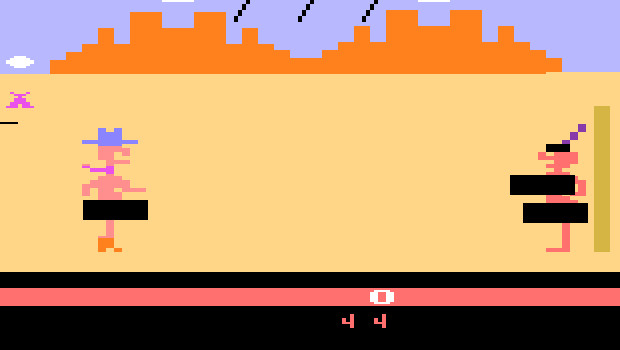
We begin our journey in a strange, dirty era known as the 1980s, a time when arcade machines and primitive home consoles ruled the gaming landscape. Many may fondly remember these early days as being more wholesome than the murder-infested scene today, but the reality is that things were never that simple.
Just because there was no AO rating at this time doesnt mean that games meant solely for adults didnt exist. Titles like Custers Revenge (in which you control a naked man sporting an engorged penis and attempt to rape a woman tied to a pole) and the first Leisure Suit Larry (in which the titular protagonist seeks out prostitutes, can contract venereal diseases, and kills himself when you lose) pushed the boundaries of what was acceptable to put in a game, and most certainly would have been slapped with the AO tag today. As gamings tech improved, more titles like these popped up, furthering the feeling that there needed to be some sort of system in place to inform customers inform customers of decidedly tasteless content.
The ESRB is formed (1994)
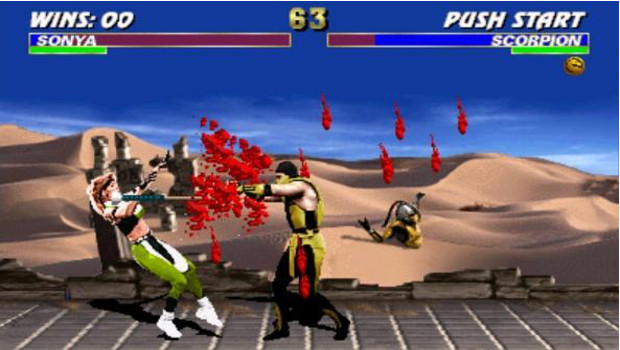
Those feelings of need became much more urgent in the early 90s, when violent games such as Doom and (especially) Mortal Kombat led some U.S. Senators to hold hearings on the effects of graphic video games. You can imagine how that went--some present said these games were corrupting our society, others said they were training child-killers. Things continued to escalate, and eventually the government introduced the Video Game Rating Act of 1994, which threatened to create a ratings system of its own if game companies didnt take action.
This forced the industrys hand. Around this time, Sega came up with its own system (the Videogames Rating Council) to rate its games, other companies like 3DO took similar measures, and Nintendo maintained that everything on its platforms were family-friendly and thus didnt need to be rated. But the government wasnt satisfied, and a compromise needed to be formed. After some more squabbling, and after the creation of an industry coalition known as the Interactive Digital Software Association (which later became the Entertainment Software Association), late 1994 finally saw that compromise arrive in the form of the Entertainment Software Rating Board. The ESRB, of course, introduced the Adults Only rating, reserved for games deemed unsuitable for people under the age of 18.
Consoles remain family friendly (1995-today)
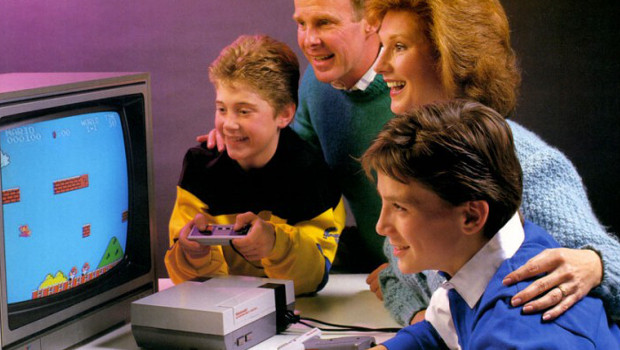
The other major reason AO games are so hard to find these days is because none of the three major console makers want anything to do with them. The Nintendo Buyers Guide plainly states that the company does not sell or license games that carry the ESRB rating AO, while Sony has said in the past that it's SCE's policy not to allow the playback of AO rated content on our systems. Thats pretty clear cut.
Sign up to the GamesRadar+ Newsletter
Weekly digests, tales from the communities you love, and more
Similarly, when developer ThriXXX proposed to offer sex simulation software for Kinect in 2010, Microsoft responded by asserting: "Xbox is a family friendly games and entertainment console and does not allow Adults Only content to be certified for use on its platform, and would not condone this type of game for Kinect." Such statements may or may not be entirely true (Gears of War isnt exactly cuddly, last time we checked), but they do leave zero wiggle room for any aspiring AO game developer trying to get their product onto consoles. And once again, a lack of platforms equals a lack of income.
the game was just too violent EA on cancelling Thrill Kill (1998)
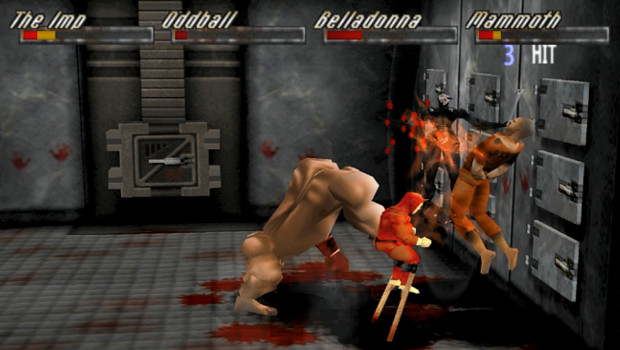
So, the industry establishes the AO rating and it was used all the time, right? Wrong. It carries a stigma, as seen soon after the ratings system was established with Thrill Kill. Initially touted as the next Mortal Kombat, Thrill Kill was an over-the-top 3D fighting game, which featured sexually suggestive, sometimes fetishistic overtones; brutal, Fatality-like kills; and a roster of fighters that included a gimp, a dominatrix, a cannibal, and other all-around taboo types. It was soon rated AO by the ESRB. Obviously.
Naturally, the game grew to have its fair share of detractors. Unfortunately for its developers at Paradox Development (aka Midway Los Angeles), Electronic Arts was one of them. After purchasing Thrill Kills original publisher, Virgin Interactive, EA cancelled the game only weeks before its release, citing that the tone and the tenor of the game was just too violent. Plenty of gamers were incensed, but the precedent was set: Aggressively adult games would have to proceed with caution from now on.
We are a niche within a niche AO games distributor Peach Princess on itself (2001)
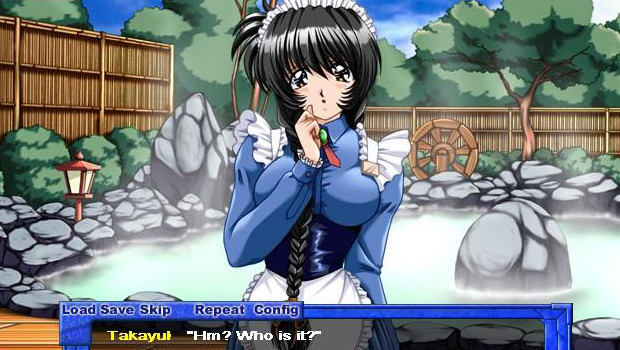
Obviously, with so few AO games out there, there are only a handful of companies who have experience creating AO content. One of the more prominent of these select few, however, is Peach Princess, a California-based publisher that specializes in translating Japanese bishjo games into English-language releases. Literally meaning pretty girl games, the bishjo genre doesnt always consist of adults only material, but it often features sexual content, and it does include the eroge subgenre, which Westerners more colloquially refer to as hentai games. You get where were going with this.
Since its first release in 2001, Peach Princess has put out a multitude of AO-rated games, including such hits as X-Change, Tokimeki Check-in!, Yume Miru Kusuri: A Drug That Makes You Dream, and many others. All of them have only been released for PC, and all of them have been rated AO for Strong Sexual Content. (The only other developer to have such a record is MacDaddy Entertainment, which essentially puts out Western-produced porn games). Peach Princess head Peter Payne understands that hes not exactly trafficking in mass-market content, terming his company a niche within a niche in a 2006 interview with AMN Anime. Its hard to disagree with him.
Born a gamblin man: Peak Entertainment Casinos doesnt allow minors (2003)
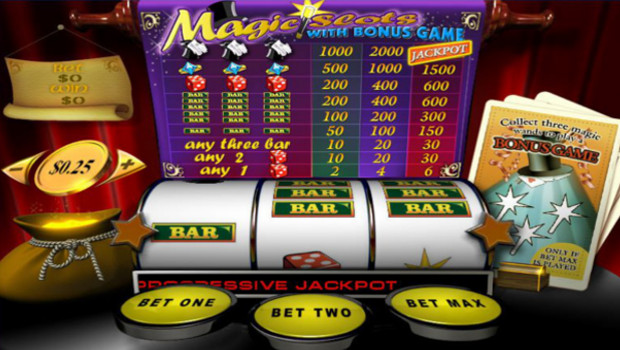
While the vast majority of AO games receive their rating due to strong sexual content or, to a much lesser extent, graphic violence, Peak Entertainment Casinos stands as the only game rated as such for gambling. Yes, gore-less, genital-less, unsimulated gambling, the kind where players could put their real-life cash on the line.
Most titles like this dont bother submitting their products to the ESRB, but PEC actually wanted the AO rating in order to reinforce its stance against underage gambling. This marked perhaps the only time the AO tag has ever been used as a form of activism, strangely enough.
Raw and uncut: Indigo Prophecy and Leisure Suit Larry go AO (2004-05)
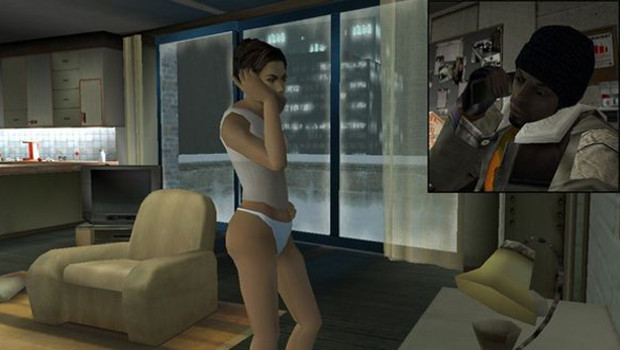
One less common way certain companies approach the AO rating is to save it for Extended Cut editions of their already-released games. Take, for example, Quantic Dreams Indigo Prophecy (which garnered critical praise). Released in 2005, the North American version of Quantic Dreams work was forced to neuter the vast majority of its sexual content in order to avoid the AO retail death knell, while other regions releases received no such treatment.
The company played by the rules, but soon put out Indigo Prophecy Directors Cut, a more risk-free AO release that PC fans could purchase if they wanted to get the complete version of the game. Its not perfect, but its a model that allows ones artistic vision to not be completely compromised. Leisure Suit Larry: Magna Cum Laude (which was prettynot good) went through a similar process a year earlier with its Uncut and Uncensored! edition, but we dont have to talk about that sleazeball here.
Doug never met a pixilated prostitute he didnt like Jack Thompson on ESA president following GTAs Hot Coffee (2005)
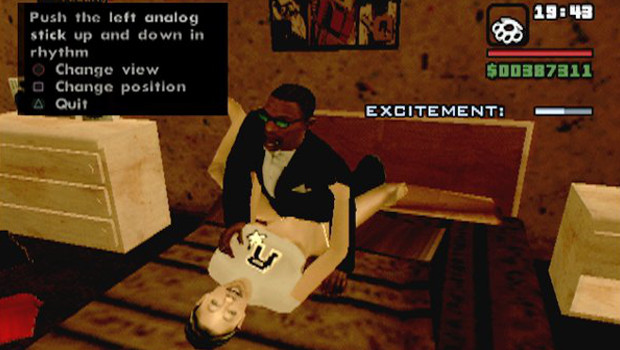
By far the most infamous of all AO-related incidents is the uproar over 2005s Hot Coffee mod for Grand Theft Auto: San Andreas. For the four people reading that dont know what were referencing, Hot Coffee was the term given to an initially inaccessible minigame within San Andreas that, when unlocked (via third party hacks or downloaded software), let protagonist Carl C.J. Johnson have sex with any of his in-game girlfriends. Shell invite C.J. in for coffee, and theyll do the nasty (completely clothed, by the way) in some of the most awkwardly-animated sequences put to code. Seriously, go look it up.
Select activists and politicians promptly went bananas. Several class-action lawsuits were fired at publisher Take-Two. Noted anti-game activist (and now disbarred attorney) Jack Thompson made plenty of noise, even calling ESA president Doug Lowenstein a thug at one point (alongside the above title quote). Senators Hilary Clinton, Joe Lieberman, and Evan Bayh eventually sponsored the Family Entertainment Protection Act in 2005, which, among other things, wouldve put harsher restrictions on businesses that sold M- or AO-rated games to minors, and wouldve led to an federally mandated annual inspection of the ESRBs ratings. While that bill didnt make it into law, San Andreas rating was soon changed from M to AO, forcing developer Rockstar to go back and produce Coffee-free versions of the game so that it could still be sold at major retailers. The kerfuffle eventually died down, but the chaos that one little mod created would not be forgotten.
Its company policy GameStops Chris Olivera on not stocking AO games (2006)
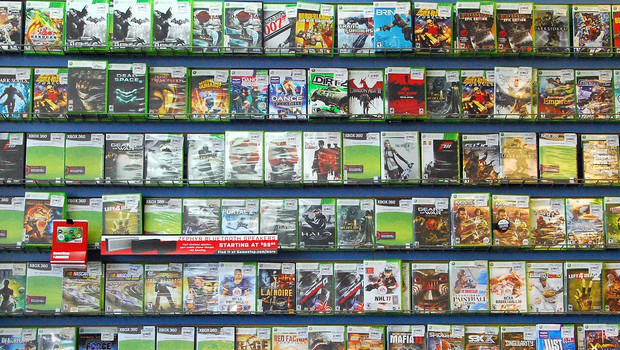
Why not just make the game AO and sell it in stores? Well, because companies actually cant. Perhaps the most crucial reason behind the lack of AO games is because the rating simply cant get the bills paid. This isnt necessarily always the games fault--virtually all major retailers refuse to sell AO products, effectively making the rating a commercial death sentence.
We simply dont carry AO games at all, an executive from retail giant GameStop told 1Upa few years back. Its company policy. Theyre not the only ones. Wal-Mart, Target, Best Buy, GameFly, and virtually any other big chain youve heard of has done the same. With smaller, local game shops dying out, the only place many players have to nab an AO game today is in some corner of the internet. And if you cant sell your game anywhere, its sort of hard to make much of a profit from it.


